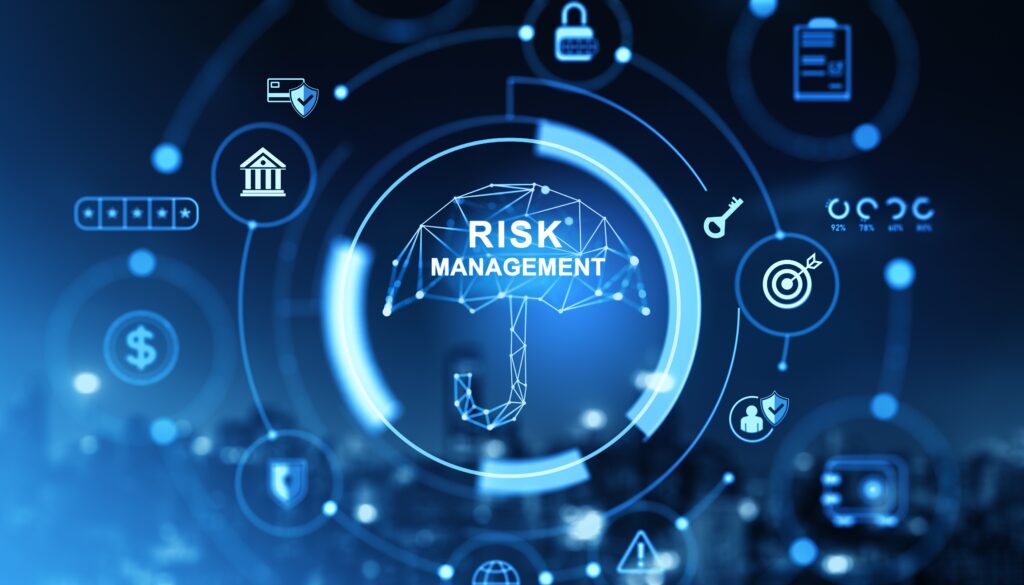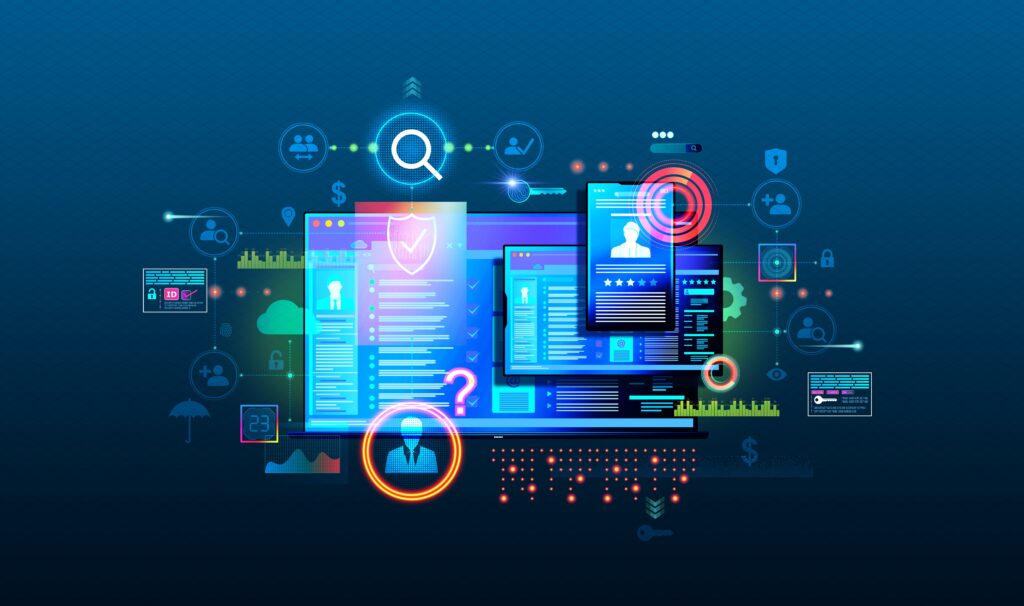Table of Contents
The average cost of a healthcare data breach is $11 million, an 8% increase from last year and a 53% increase since 2020. And there’s no sign of these high costs going down.
It’s why, for your business, protecting PHI in the cloud is just as important as using cost-effective strategies to keep it secure and compliant.
When systems are compromised, even a momentary pause in services can prevent patients from receiving the timely care they need, potentially resulting in serious health consequences. And excessive spending on cybersecurity without a strategic approach may divert funds from essential services and innovations, ultimately affecting the quality of care provided.
Prioritizing cost-effective cybersecurity solutions is not merely about saving money; it’s about safeguarding the integrity of healthcare services and ensuring that organizations can continue to operate effectively without jeopardizing patient health or institutional reputation.
Implementing and maintaining security measures to stop cyber threats doesn’t have to be costly and time-consuming. Get the strategies you need to effectively manage cyber-attacks in the healthcare cloud, see the serious consequences of neglecting security, and gain insights on the most efficient, cost-effective strategies to protect health information.
The Cost of Cyber Attacks to Healthcare
The massive costs that pile on for healthcare organizations after a cyber-attack can be simply staggering. They include immediate expenses, such as investigation, containment, and notification, as well as longer-term costs like legal fees, regulatory fines, and remediation efforts.
The reputational damage can be even more detrimental. A breach can shatter patient trust, which means you can lose patients and, potentially, your business. The Anthem breach led to many lawsuits, ending with a settlement of $115 million, the largest data breach settlement in history.
The economic cost of cyberattacks in healthcare is something we can’t only quantify in dollars – we also measure that profound cost in human lives. When a healthcare organization doesn’t take action or moves too slowly after a healthcare cyber-attack, it can quickly halt operations. Systems are taken offline, which can lead to delays or cancellations of medical procedures, directly impacting patient care and safety.
The Most Common Healthcare Cloud Cyber Threats
- Ransomware: Attackers use ransomware to encrypt healthcare data and demand a ransom for its release. This can disrupt patient care and lead to significant financial losses (HIPAA Journal, Health Data Management)
- Phishing: Cybercriminals often use phishing emails to trick healthcare employees into providing access to sensitive systems or data. This can lead to unauthorized access to patient records and other confidential information (Health Data Management)
- Insider Threats: Employees or other insiders with access to healthcare systems may intentionally or unintentionally compromise data. This can occur through misuse of privileges, negligence, or malicious intent (Health Data Management)
- Vulnerabilities in Medical Devices: Many healthcare facilities use connected medical devices that may have security weaknesses, making them targets for cyberattacks (Health Data Management)
- Data Breaches: These happen when attackers gain unauthorized access to healthcare databases, often leading to the exposure of sensitive patient information such as Social Security numbers and health records (HIPAA Journal, Security Affairs)
Strategies for Cost-Effective Mitigation

Mitigating cyber threats doesn’t always require hefty investments. There are several cost-effective strategies that healthcare providers can implement to enhance their cybersecurity posture.
Employee Training and Awareness
Educating staff about common cyber threats and safe practices is one of the most cost-effective measures. Regular training sessions can teach employees how to recognize phishing emails, use strong passwords, and follow secure protocols. The cost of training is significantly lower than the cost of mitigating a breach caused by human error.
Multi-Factor Authentication (MFA)
Implementing MFA adds an extra layer of security by requiring users to provide two or more verification factors to access systems. This reduces the likelihood of unauthorized access even if passwords are compromised. Tools such as Google Authenticator and Microsoft Authenticator are affordable and effective.
Software Updates and Patching
Keeping software and systems up to date is crucial in defending against known vulnerabilities. Many cyberattacks exploit outdated software. Regularly updating and patching systems ensure that security flaws are addressed promptly. Automated update tools can streamline this process and reduce manual oversight.
Data Encryption
Encrypting sensitive data ensures it remains unreadable to unauthorized users, even if it is intercepted. Encryption tools are widely available and can be integrated into existing systems at relatively low costs to your business. This adds a robust layer of protection for patient records and other critical information.
Incident Response Planning
Having a well-defined incident response plan can minimize the damage of a cyberattack. This plan should outline steps for detecting, containing, and recovering from breaches. Regular drills and simulations can help ensure that staff are prepared to act swiftly and effectively, reducing downtime and the economic costs of cyber threats.
Provider Partnerships
Collaboration with cloud service providers and IT security experts can significantly enhance threat mitigation efforts. Cloud providers often offer advanced security features and continuous monitoring as part of their service packages. For example, Amazon Web Services (AWS) and Microsoft Azure provide robust security frameworks tailored for healthcare compliance.
Partnering with Managed Security Service Providers (MSSPs) can also be cost-effective. MSSPs offer expertise and resources that may be beyond the reach of smaller healthcare organizations, who might not have the resources to focus on cyber threat mitigation. They provide continuous monitoring, threat detection, and incident response services, ensuring that security measures are always up-to-date and effective.
Investing in a Managed Detection and Response (MDR) program is essential for healthcare organizations to effectively mitigate the costs associated with cyber-attacks. MDR services provide round-the-clock monitoring and expert threat detection, enabling rapid identification and response to potential breaches. This proactive approach not only reduces the time attackers have to infiltrate systems but also lessens the impact of incidents on patient care and operations.
By utilizing advanced technologies and skilled professionals, healthcare providers can enhance their cybersecurity posture without the overhead of building an in-house team. Additionally, the quicker response times facilitated by MDR programs can significantly lower the financial repercussions of breaches.
Cyber Insurance
Purchasing cyber insurance is a crucial step for healthcare organizations, as it can significantly mitigate the financial losses associated with cyber-attacks in healthcare.
Cyber insurance helps healthcare providers focus on recovery rather than financial strain. In healthcare, the potential costs of data breaches—including regulatory fines, reputational damage, and loss of patient trust—can be staggering. Investing in a sensible cyber insurance policy provides HCOs with the resources to respond swiftly and effectively to an incident, including hiring cybersecurity experts and legal advisors.
Protecting patient data is not just a regulatory requirement but a moral imperative. Investing in cybersecurity today will safeguard the healthcare industry’s future.
Does the cost of mitigating a cyber attack keep you up at night? Consider partnering with experts who specialize in healthcare cloud security. Investing in knowledge and expertise will pay dividends in maintaining the trust and safety of your patients.
Don’t risk the future of your business. Speak with a healthcare cybersecurity expert today.


